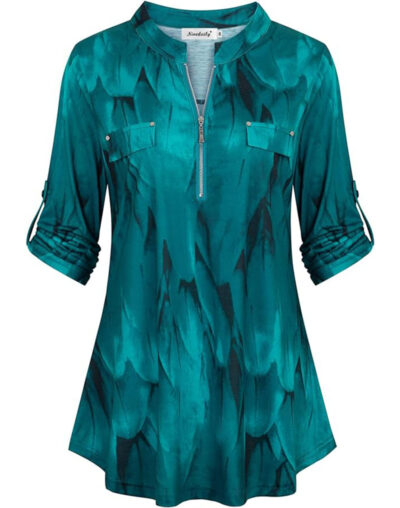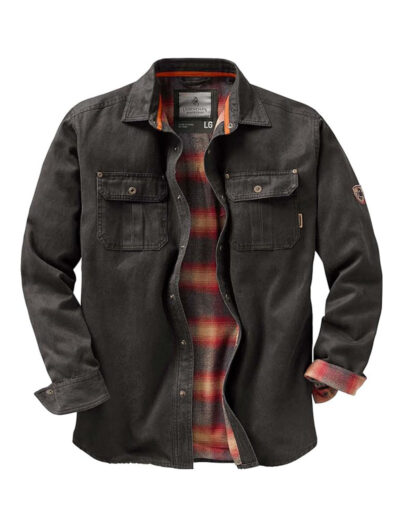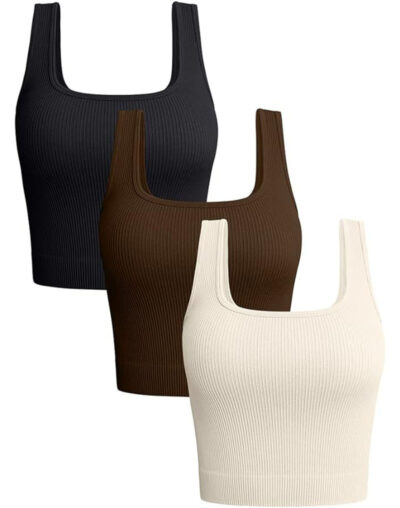Effective shopping isn’t just about filling up your cart. Rather, it’s about making thoughtful choices that align with your needs and budget.
Creating a shopping list is an essential strategy that allows shoppers to streamline their purchases, avoid unnecessary splurges, and build a wardrobe that truly reflects their personal style. This simple yet powerful tool helps you focus on what truly matters while keeping your finances in check.
In a world where impulse buying is just a click away, a shopping list keeps you grounded and intentional. Whether you’re revamping your wardrobe or simply adding a few new pieces, planning your purchases ahead can make the whole shopping experience more budget-friendly.
Identifying Your Needs and Wants
Before you start ticking items off your shopping list, assess what’s truly necessary versus what’s simply desirable.
Needs are your wardrobe staples. I’m referring to those timeless pieces that form the foundation of your style, like a versatile blazer, comfortable jeans, or a reliable pair of shoes. Wants, on the other hand, are trendy items that may catch your eye but aren’t essential for everyday wear.
Taking the time to distinguish between these categories can save you from buyer’s remorse later. When building your list, prioritize those versatile essentials that enhance your wardrobe’s functionality and longevity.
For instance, a classic button-up shirt or a well-fitted pair of trousers is a worthy investment. But impulsively buying seasonal items that you may wear just once can drain your budget without adding lasting value.
Setting a Realistic Budget
Once you’ve defined your needs and wants, setting a budget becomes the next essential step in maintaining financial discipline.
Establishing a realistic budget helps you stay within your limits while shopping for quality pieces that align with your style and needs. Start by evaluating your income and assessing your overall expenses. This should include both fixed costs (like rent and utilities) and discretionary spending.
From there, create a budget that includes room for wardrobe essentials. To further avoid impulsive spending, stick to your list while shopping. Only splurge on items that fit within your allocated budget. Remember, budgeting is about balance. Alternatively, set aside a little extra for special events or seasonal sales can allow you to shop with both intention and flexibility.
Conclusion
Creating a shopping list isn’t just about avoiding overspending—it’s about transforming the way we approach fashion. With a clear understanding of your needs and wants, combined with a practical budget, you can make thoughtful purchases that elevate your wardrobe without regret.
By sticking to your list, you ensure that every item you buy serves a purpose, ultimately leading to a closet filled with versatile, timeless pieces that reflect your personal style. So, before your next shopping spree, take the time to craft a list, stay within your budget, and shop with intention. Your future wardrobe will thank you.
How do you approach shopping? Do you create a list before hitting the stores, or do you prefer spontaneous finds? Head over to You’re In Style for more fashion tips that make smart shopping easier!












